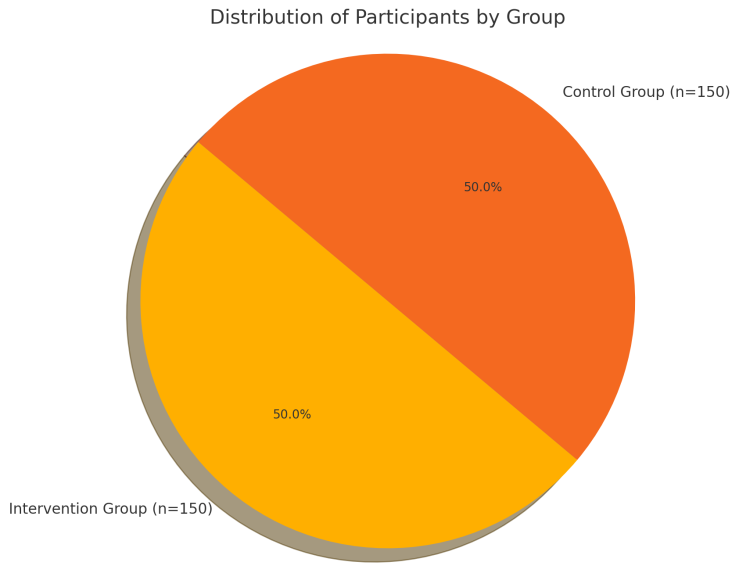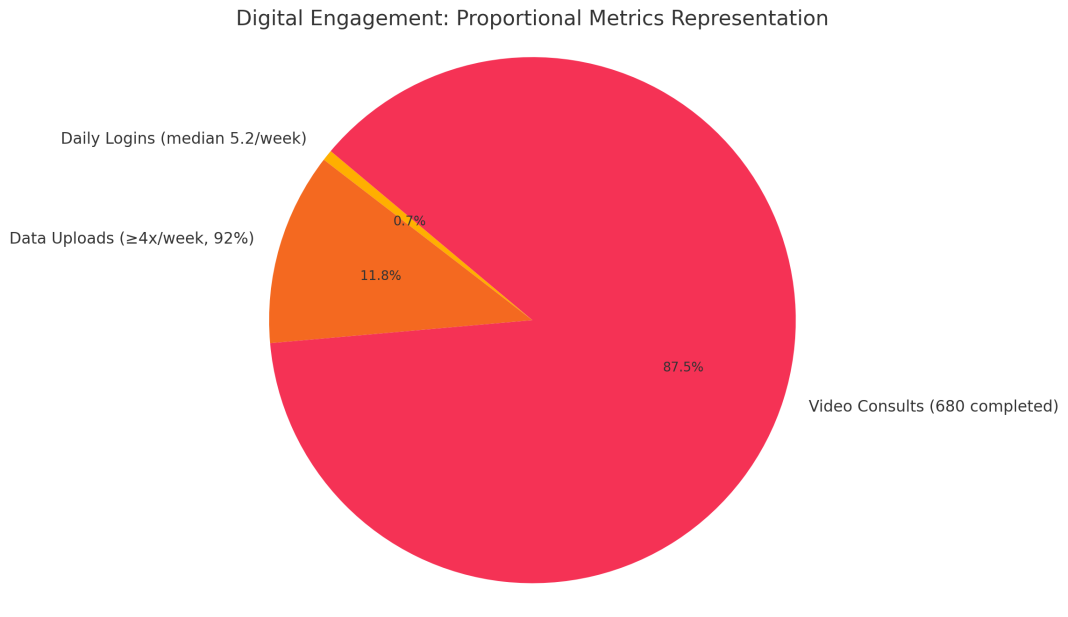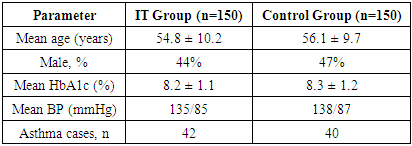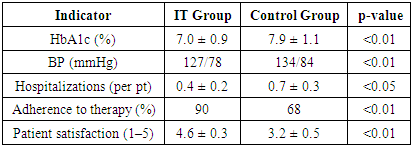-
Paper Information
- Previous Paper
- Paper Submission
-
Journal Information
- About This Journal
- Editorial Board
- Current Issue
- Archive
- Author Guidelines
- Contact Us
American Journal of Medicine and Medical Sciences
p-ISSN: 2165-901X e-ISSN: 2165-9036
2025; 15(6): 2053-2055
doi:10.5923/j.ajmms.20251506.94
Received: May 27, 2025; Accepted: Jun. 13, 2025; Published: Jun. 23, 2025

Using Information Technologies in Screening and Dynamic Monitoring of Patients with Chronic Non-Communicable Diseases
Khodjieva Gulirano Sayfullaevna1, Axmedov Nodir Ilxomovich2
1PhD., Bukhara State Medical University, Uzbekistan
2Bukhara State Medical University, Uzbekistan
Correspondence to: Khodjieva Gulirano Sayfullaevna, PhD., Bukhara State Medical University, Uzbekistan.
| Email: |  |
Copyright © 2025 The Author(s). Published by Scientific & Academic Publishing.
This work is licensed under the Creative Commons Attribution International License (CC BY).
http://creativecommons.org/licenses/by/4.0/

This study evaluates the effectiveness of digital health technologies in early detection and ongoing monitoring of patients with chronic non-communicable diseases (NCDs) such as diabetes, cardiovascular pathologies, and bronchial asthma. The aim is to assess how digital tools improve self-control, clinical outcomes, and patient satisfaction. A prospective observational study of 300 patients, divided into intervention and control groups, was conducted using mobile apps, smart devices, video consultations, and cloud storage. Data were analyzed using SPSS, applying Chi-square, ANOVA, and logistic regression. Significant improvement was observed in clinical indicators like HbA1c and BP levels, hospitalization rates, therapy adherence, and patient satisfaction in the intervention group compared to the control group over 12 months. This approach can be integrated into national health systems to scale chronic disease management, especially in remote and resource-limited regions of Uzbekistan.
Keywords: Digital health, Information technologies, Screening, NCDs, Telemedicine, Patient monitoring, Chronic disease
Cite this paper: Khodjieva Gulirano Sayfullaevna, Axmedov Nodir Ilxomovich, Using Information Technologies in Screening and Dynamic Monitoring of Patients with Chronic Non-Communicable Diseases, American Journal of Medicine and Medical Sciences, Vol. 15 No. 6, 2025, pp. 2053-2055. doi: 10.5923/j.ajmms.20251506.94.
Article Outline
1. Introduction
- Chronic non-communicable diseases (NCDs) such as diabetes, hypertension, and chronic respiratory diseases are the leading cause of morbidity and mortality worldwide. Early detection and dynamic monitoring of these conditions are crucial for improving outcomes and reducing healthcare costs [1,3,7].Information technologies (IT) have opened new avenues for efficient and scalable patient management [6,8,9,10].The hypothesis of this study posits that the integration of IT solutions can enhance screening and follow-up efficiency in patients with NCDs through improved self-monitoring, timely data transmission, and provider feedback loops.Previous studies (Topol, 2012; Greenhalgh et al., 2017; Hamine et al., 2015) emphasized the transformative potential of mobile and cloud-based technologies in improving outcomes of patients with chronic diseases. WHO (2023) notes that digital interventions could reduce up to 20% of preventable complications from NCDs globally.
2. Materials and Methods
- A prospective observational study was conducted involving 300 patients aged 18 to 75 years with established NCDs: type 2 diabetes mellitus, ischemic heart disease, and bronchial asthma. Participants were recruited from three outpatient clinics in urban and semi-urban settings.Inclusion Criteria:- Confirmed diagnosis for over 1 year;- Willingness to use digital health tools;- Access to smartphone and internet.Exclusion Criteria:- Cognitive impairment;- Uncontrolled psychiatric disorders.Study Duration: 12 monthsGroups:- Intervention group (n = 150): received devices (smartwatch, glucometer, BP monitor) and app access;- Control group (n = 150): received traditional care with in-person visits.Digital Tools Used:- Symptom diary (mobile);- Medication alerts;- Video consultations via secure portal;- Daily upload of metrics (e.g., PEF, HR, BP, glucose).Data Collection Tools:- Electronic Health Record (EHR) portal;- Cloud data server (AWS Health);- SPSS v27 for data analysis.Statistical Analysis:Chi-square test, ANOVA, and multivariate logistic regression were used. A p-value < 0.05 was considered significant.
3. Results
- Table 1 presents demographic and baseline clinical characteristics.
|
 | Figure 1. Participants were equally divided into two groups: Control Group and Intervention Group, with 150 participants (50%) in each |
|
 | Figure 2. Video consults dominated digital engagement, with lower contributions from data uploads and daily logins |
4. Discussion
- The implementation of IT-based tools led to notable improvements in glycemic and blood pressure control. Enhanced adherence and satisfaction correlate with the intuitive app interface, real-time feedback, and provider-patient engagement. Patients felt empowered, especially those in remote areas.Challenges:• Digital literacy gaps in >60 age group;• Need for family/caregiver training;• Initial tech resistance in rural areas.Opportunities:• AI-assisted prediction of exacerbations;• Integration with insurance/EMR systems;• Scalable model for rural public health networks.
5. Conclusions
- Digital health platforms represent a cost-effective, scalable approach for managing chronic NCDs. Their integration can improve outcomes, reduce hospitalizations, and enhance patient-centered care.
6. Future Directions
- • Randomized controlled trials;• Cultural adaptation of mobile interfaces;• Expansion to oncology and nephrology populations.
 Abstract
Abstract Reference
Reference Full-Text PDF
Full-Text PDF Full-text HTML
Full-text HTML
